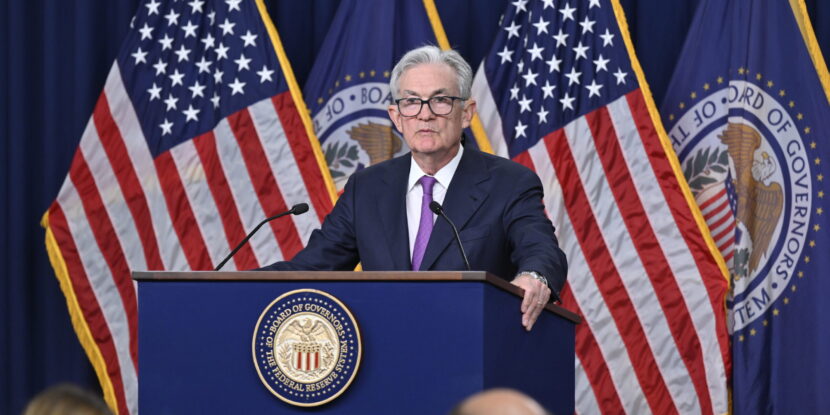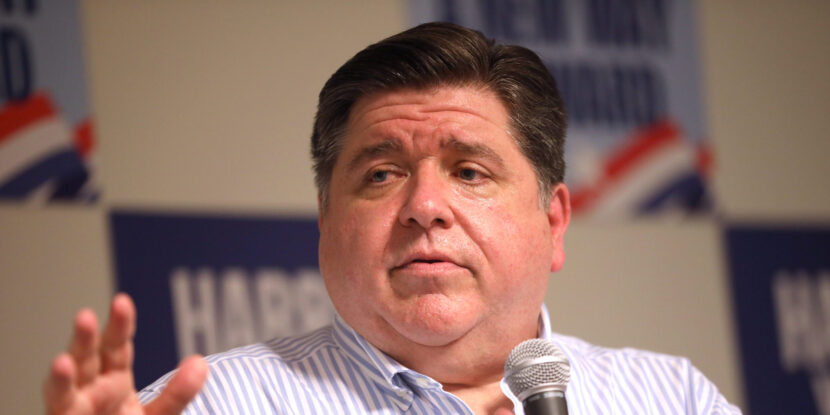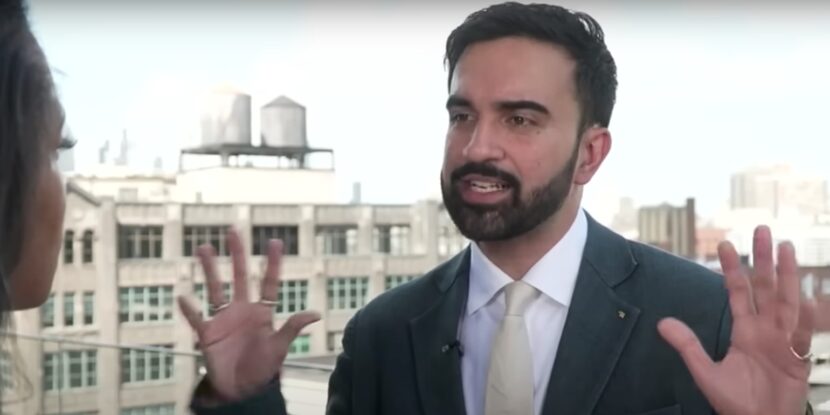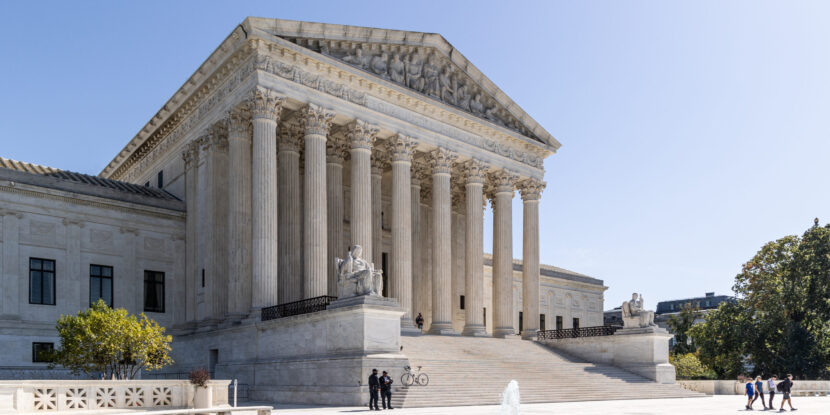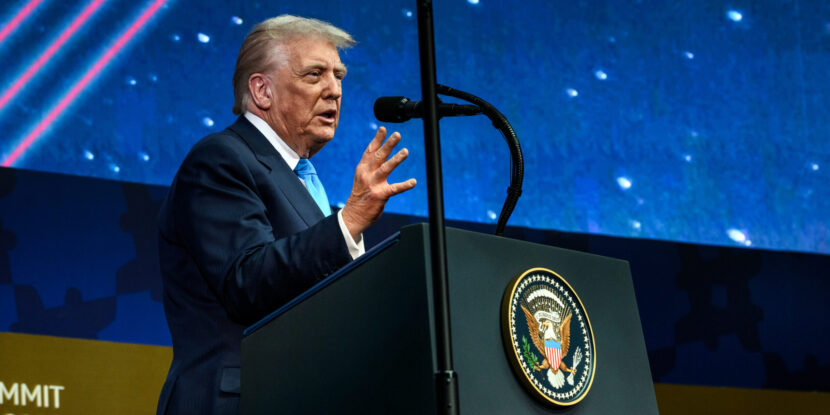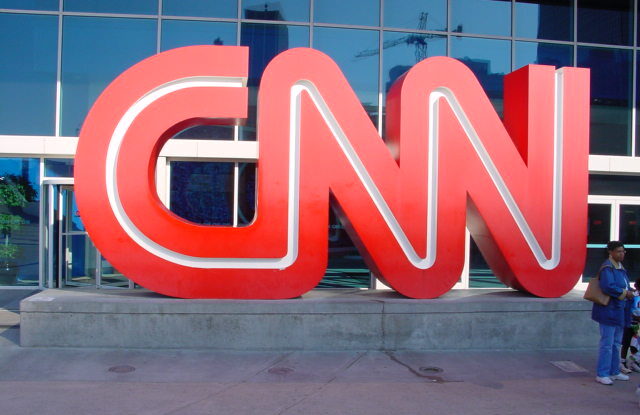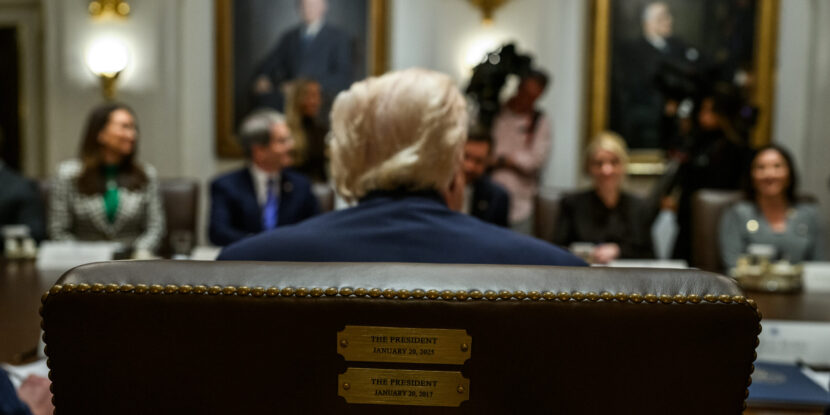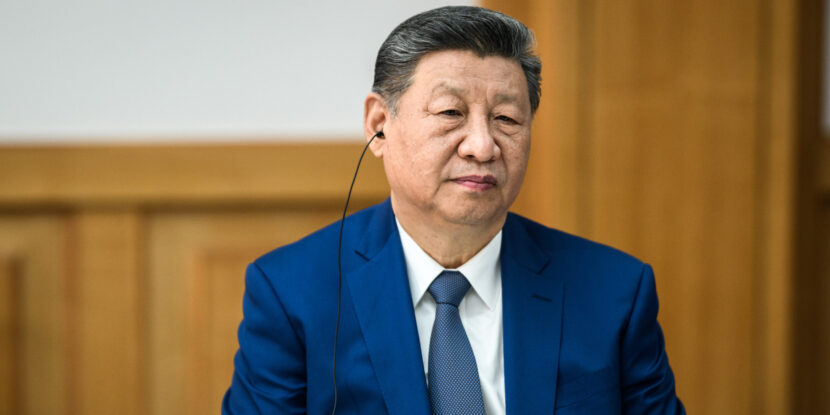PULSE POINTS:
❓What Happened: The Supreme Court has granted a request by the Trump administration to stay the reinstatement of fired members of the National Labor Relations Board (NLRB) and Merit Systems Protection Board (MSPB) by a lower court.
👥 Who’s Involved: The Supreme Court, President Donald J. Trump, federal government officials, and Federal Reserve Chairman Jerome Powell.
📍 Where & When: Decision issued on May 22, 2025.
💬 Key Quote: “Because the Constitution vests the executive power in the President, see Art. II, §1, cl. 1, he may remove without cause executive officers who exercise that power on his behalf, subject to narrow exceptions recognized by our precedents” — Supreme Court order.
⚠️ Impact: The fired officials will not be able to stay in post while their cases progress through the federal courts. Moreover, the Supreme Court’s decision signals it will likely rule in favor of the administration when the case reaches them, and that it may rule Congressional statutes restricting the executive’s power to fire federal employees “without cause”—potentially including Federal Reserve Chairman Jerome Powell—are unconstitutional.
IN FULL:
The United States Supreme Court has granted the Trump administration a stay, effectively blocking several orders issued by the U.S. District Court for the District of Columbia enjoining the executive branch from firing several board members of so-called “independent” agencies, including the National Labor Relations Board (NLRB) and the Merit Systems Protection Board (MSPB). While the decision by the high court only reinstates President Donald J. Trump’s decision to fire the Democrat-appointed officials and bars their reinstatement while the case is ongoing, the majority opinion suggests that as the case proceeds, the Supreme Court is likely to side with the President in its final determination.
“The application for stay presented to THE CHIEF JUSTICE and by him referred to the Court is granted,” the Supreme Court order reads, with the majority determining: “Because the Constitution vests the executive power in the President, see Art. II, §1, cl. 1, he may remove without cause executive officers who exercise that power on his behalf, subject to narrow exceptions recognized by our precedents, see Seila Law LLC v. Consumer Financial Protection Bureau, 591 U. S. 197, 215−218 (2020).”
“The stay reflects our judgment that the Government is likely to show that both the NLRB and MSPB exercise considerable executive power. But we do not ultimately decide in this posture whether the NLRB or MSPB falls within such a recognized exception; that question is better left for resolution after full briefing and argument,” the justices in the majority continue, before making a potentially precedent-setting finding: “The stay also reflects our judgment that the Government faces greater risk of harm from an order allowing a removed officer to continue exercising the executive power than a wrongfully removed officer faces from being unable to perform her statutory duty.”
President Trump and his White House have signaled that they will push for a broad final ruling from the Supreme Court in arguments, with the aim of using a favorable decision to remove Federal Reserve Chairman Jerome Powell. The central bank chief and Trump have clashed over interest rates and the former’s reluctance to slash borrowing costs and increase market liquidity.
Notably, the Federal Reserve Act—the law governing the central bank—does allow the U.S. president to remove the Federal Reserve board members “for cause” in cases of negligence of duty, misconduct, or corruption. However, the law does not allow top Fed officials to be fired over policy differences—a provision intended to ensure the central bank’s independence in managing the country’s monetary policy. However, a broad enough ruling in the current Trump v. Wilcox could reopen the question regarding Powell’s job security.
The National Pulse previously reported that Treasury Secretary Scott Bessent has indicated that the White House has decided on a six-month timeline to replace Powell as the Fed chairman, suggesting interviews for his replacement would occur “sometime in the fall.”
Jack Montgomery contributed to this report.
